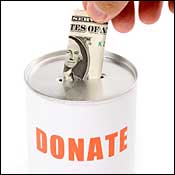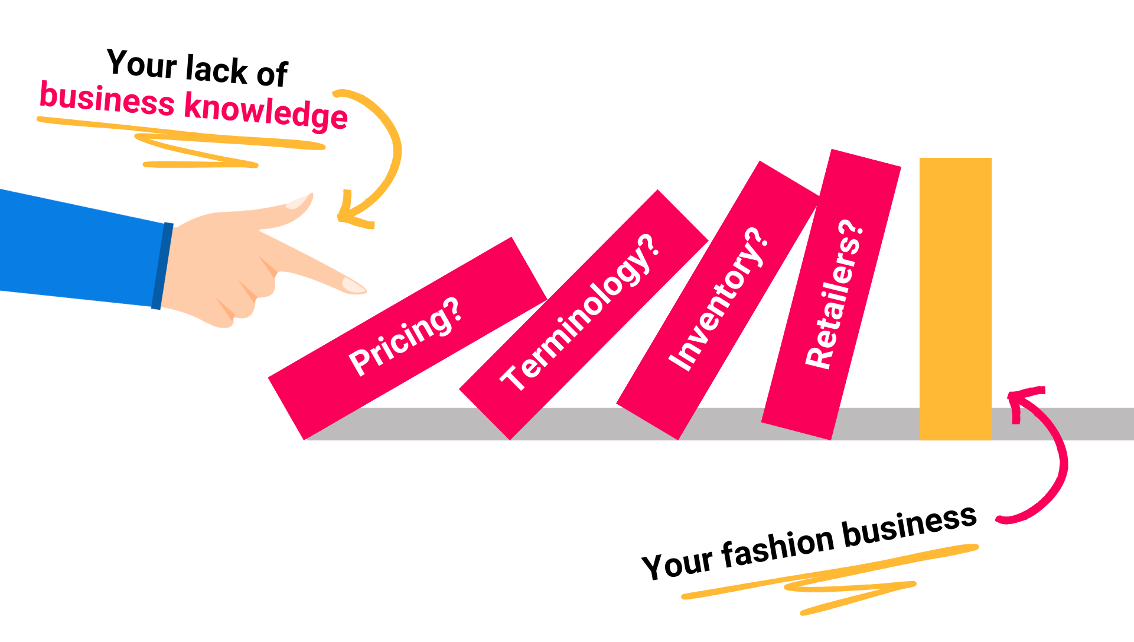This is a guest post from Maggie Keenan, founder of Maggie Keenan & Co.
Q: What should I consider if I am thinking about associating my product/brand with a particular charitable cause (similar to Toms shoes)? What are the legal, cost, marketing, etc strategies and implications, and what are the various ways one can associate with charitable organizations (“1% of each sale is donated”; “add a donation” at check out, etc)? Thank you!
A: Fashion brands that want to give back and support a particular charity by hosting a fund raiser, offer some type of cause marketing campaign (i.e. percentage of sale or ‘round up’ customer sales to the $1) are required to have permission from the charity. This is the legal aspect you need to have in place.
A third-party fundraising agreement, which charities require, is easy to execute. The reason an agreement (contract) needs to be in place is charities often do not allow businesses and brands to use their name or logo to raise funds without their permission, you are engaging customers in the giving aspect, you are promoting it to the public/customers.
Sometimes charities will state how funds cannot be raised as well. Businesses and brands that raise funds must also follow the law with regards to raising charitable dollars for charities. There are legal mandates for cause marketing campaigns. A few states even mandate a business to register to do this as well. Really!
 If, however, a brand decides to just write a check or donate goods to a charity, these do not require you to have an agreement because the funds are your own, not on the customers back and you are not promoting it as a fundraiser, simply because it is the act of just charitable giving (just like you write a personal check to any charity at Christmas time.) Cause marketing campaigns are not philanthropy/charitable giving.
If, however, a brand decides to just write a check or donate goods to a charity, these do not require you to have an agreement because the funds are your own, not on the customers back and you are not promoting it as a fundraiser, simply because it is the act of just charitable giving (just like you write a personal check to any charity at Christmas time.) Cause marketing campaigns are not philanthropy/charitable giving.
It is important for brands to have a giving plan in place, just like a marketing plan or product launch plan. A plan helps leverage different ways to give back without pinching your pocket and develop a message that can resonate with customers and t can resonate with customers and your community.
It is a great way to build customer loyalty and to separate your brand from a competitor. However, a shot gun approach or ‘it’s a nice thing to do’ approach often leads to poorly managed campaigns.
GIVINGADVICE: Brands should have a giving plan in place (simple is fine), know the requirements, and then have fun raising money (without getting into trouble!)
TYPES OF CAUSE MARKETING CAMPAIGNS:
- Percentage of Sale (ie. 1% of each sale…)
- Pin Ups (those paper icons/charity logo at check-out. Customer donates $1, writes their name on it, store typically tapes them to the windows. i.e. MDA Shamrocks)
- Round-Up: Asking customer to round their purchup to the $1
- Embedded Giving: Asking customer to add $1 to their bill that will go to charity
- Messaging: only large corps do this
- Licensing: only large corps do this (American Heart grants use of logo for a fee to Cheerios/General Mills to place on the cereal box).
- Digital: The use of web, social media and location-based services
- Social Media Campaigns: using your brands Facebook and asking community peeps to donate $1 to a charity
- FourSquare (iApps): for each check in, you convey to customers you will donate $.25 or whatever to a charity.
Hope that answers your question.
Maggie
Have you successfully partnered with any charities? Let me know – leave a comment below. What advice do you have for other entrepreneurs?
About the Author: Maggie Keenan & Co. is a boutique consultancy specializing in brand development and brand philanthropy for fashion, beauty and lifestyle brands. You can find Maggie at http://maggiekeenan.com/
,




